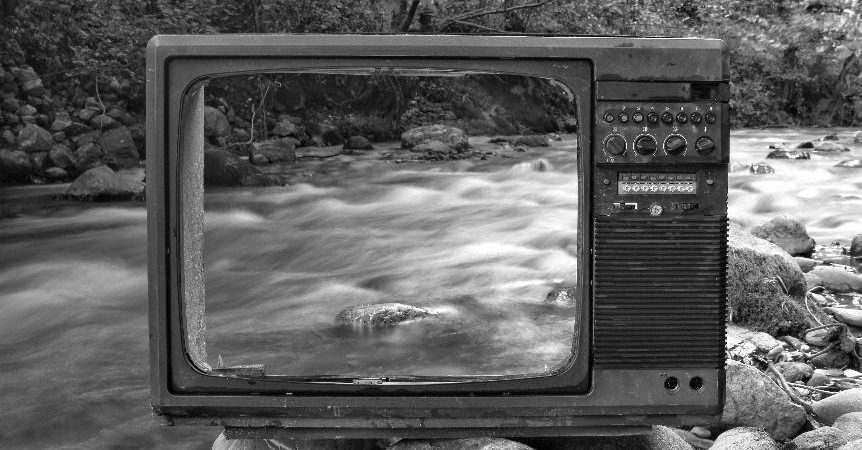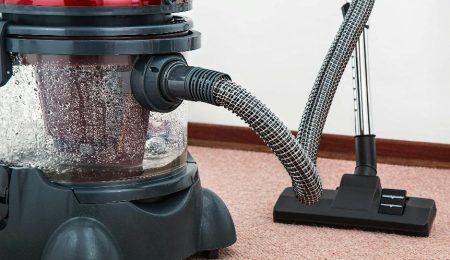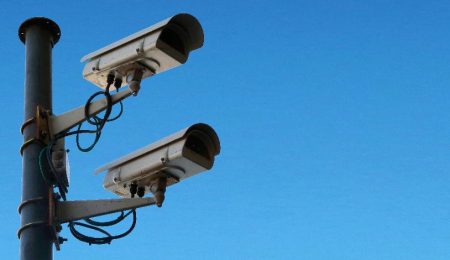- July 18, 2024
- Travel Jiffy
- Home Services
Table of Contents
Toggle| Prevention Strategies | Description |
|---|---|
| Regular Inspections | Check plumbing systems for potential issues |
| Water Detection Devices | Install devices to detect leaks early |
| Preventive Measures | Take steps to avoid water damage |
| Prompt Action | Act quickly if water damage occurs |
| Restoration Importance | Restore property to prevent further damage |
Maintenance Tips
To maintain a water-safe environment and prevent potential damage, staying proactive in overseeing plumbing systems is essential. Regularly inspecting and maintaining plumbing systems is a vital step in water damage prevention. By conducting routine checks and ensuring that all connections are secure, you can mitigate the risk of leaks and bursts that may lead to extensive water damage. Installing water detection devices can also aid in early leak detection, allowing you to address issues promptly before they escalate.
In addition to plumbing maintenance, taking preventive measures such as inspecting drainage systems and ensuring proper water flow away from the foundation of your property can further reduce the risk of water damage.
Types of Water Damage
There are three main classifications of water damage based on the level of contamination: clean water, contaminated water, and black water. Identifying the type of water damage is essential as each requires specific restoration techniques. Clean water damage, arising from sources like broken pipes or rainwater, poses the least risk. On the other hand, contaminated water may contain chemicals or bacteria, requiring careful handling during restoration. Black water damage is the most severe, often containing sewage and posing significant health risks.
To help you understand the differences better, here is a simple comparison table:
| Type of Water Damage | Source |
|---|---|
| Clean Water Damage | Broken pipes, rainwater |
| Contaminated Water | Chemicals, bacteria |
| Black Water Damage | Sewage, health risks |
Knowing which type of water damage you are dealing with is the first step towards effective damage restoration services. Stay tuned for more insights on how to address water damage incidents in the following sections.
Dealing With Water Damage Incidents
When faced with water damage incidents in your home, immediate action is essential to mitigate further harm and begin the restoration process efficiently. Safety should be your top priority in the event of house flooding. If necessary, evacuate the premises and remember to turn off the power to prevent any accidents.
Stop the water source or use pumps to remove excess water promptly. Quick action not only prevents additional damage but also helps in avoiding mold growth.
Contacting your insurance company is pivotal to assess coverage for the water damage. It's recommended to get in touch with them as soon as possible to expedite the claims process. Remember, prompt clean-up and repairs are necessary to restore your home to its former state.
Acting swiftly and efficiently can make a significant difference in the outcome of the restoration. So, be proactive, stay safe, and don't hesitate to reach out for professional help when needed.
Insurance and Contact Information
How important is it to promptly engage with your insurance company following water damage incidents for efficient assessment and potential coverage? Insurance coverage for water damage repair can vary based on the policy and type of damage, making it vital to contact your insurance company as soon as possible.




Leave a Reply